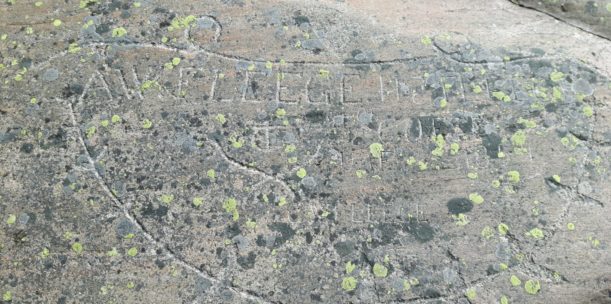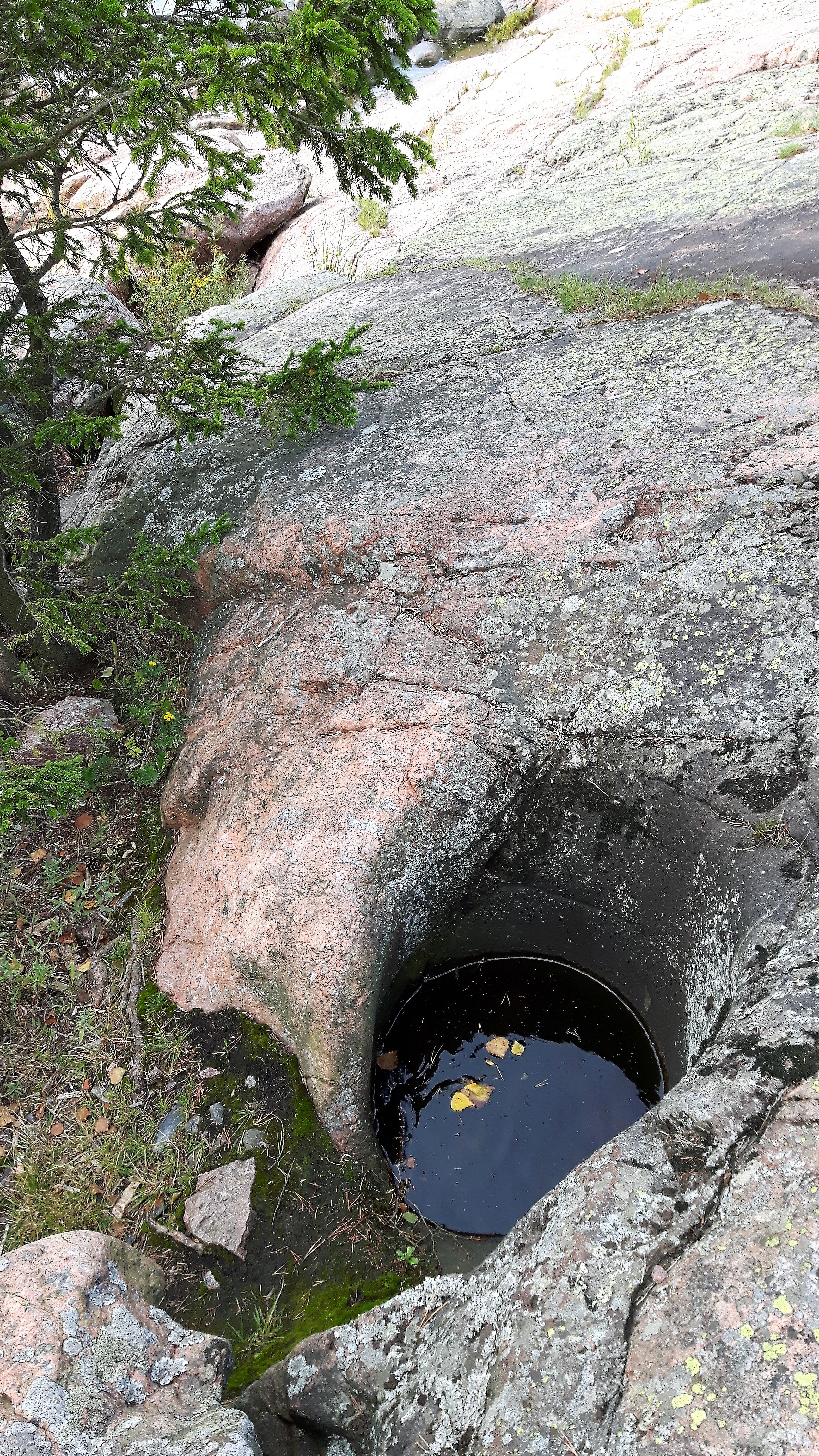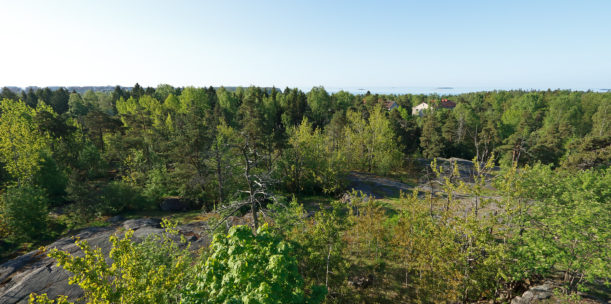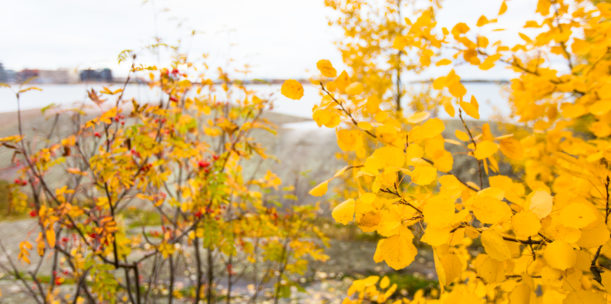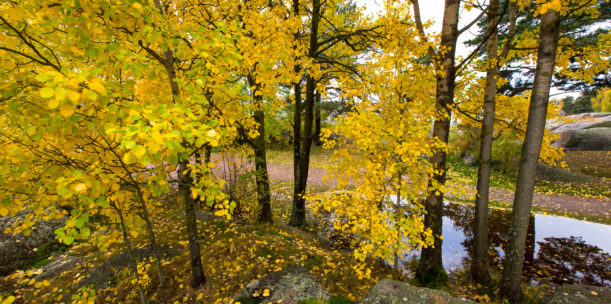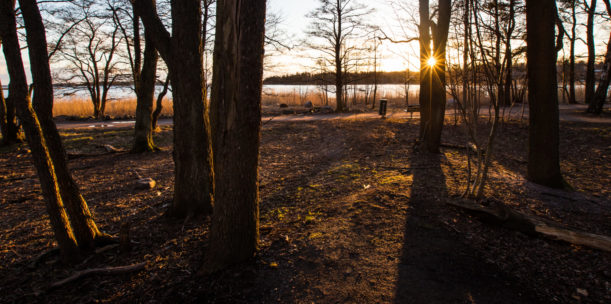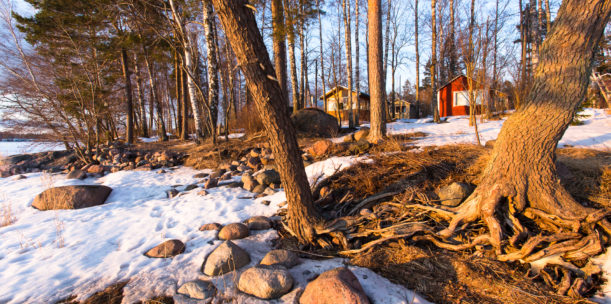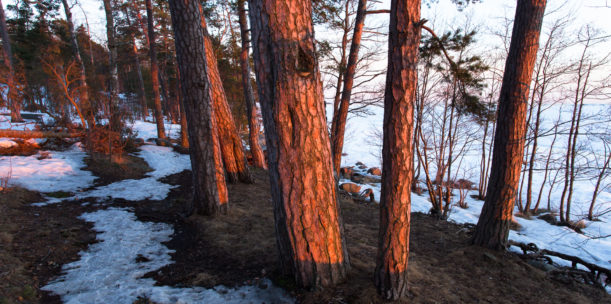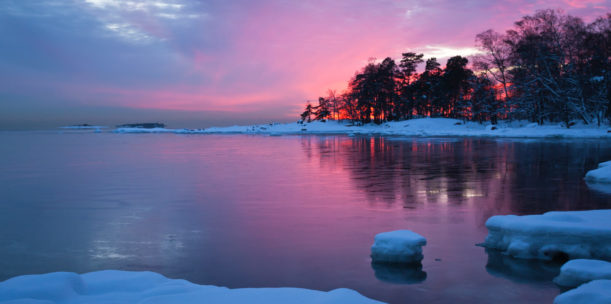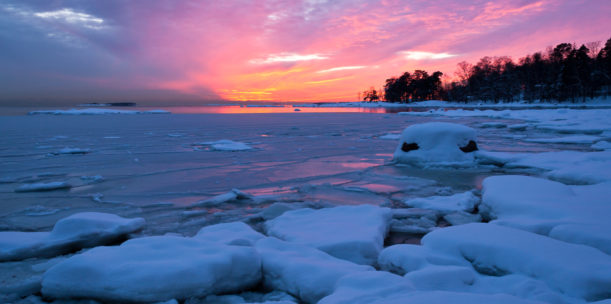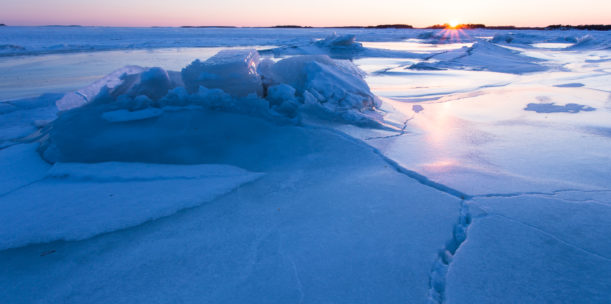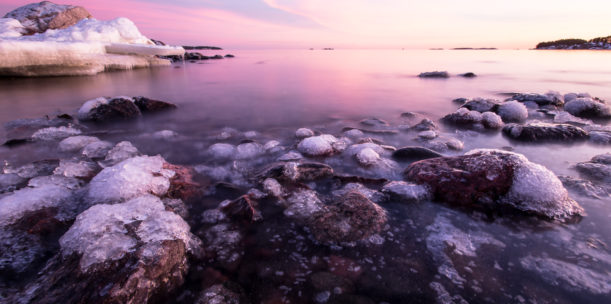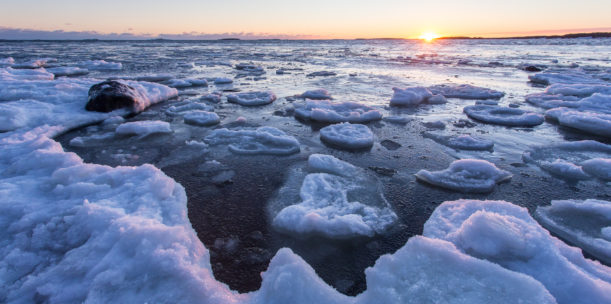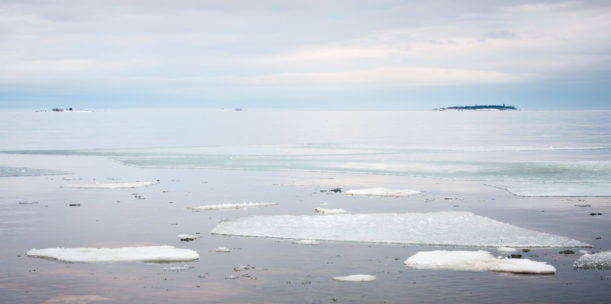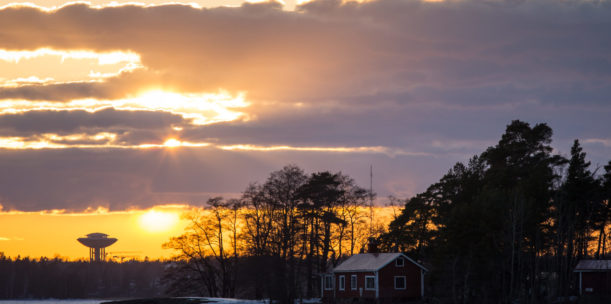Lauttasaari has plenty of paths that allow you to circle the entire island. The open sea expands out in the most spectacular way at Lauttasaari’s southern point, while the northern shore offers a great view of the inner archipelago of Seurasaarenselkä.
“Lauttasaari’s seaside trail lets you reach out into the open sea. And it’s reachable by metro!”
Juhana, 52
Lauttasaari has two public beaches: Lauttasaari beach, which is also known as Kasinoranta (‘Casino beach’) in the west in Hevosenkenkälahti and Veijarivuosi beach at the southern tip of the island in Itälahti. Lauttasaari bridge is a well-known Baltic herring fishing spot.
There are two small islets off the southern tip, Vattuniemi, one of which is reachable by foot. Reaching the nearby Sisä-Hattu island requires some wading, as the land connection is only usable when the water level is 30 centimetres below average.
Sisä-Hattu is a popular spot for trout fishing and bird watching. Birds typically found in the area include great cormorants, tufted ducks and common goldeneyes. In July–August, the coastal meadows of Sisä-Hattu are coloured by red lesser centaury flowers, though the flowers remain closed on cloudy days and in the evenings. There is also sea sandwort and large sand ryegrass growing in the islets’ rocky depressions. The trees growing on the shores consists of windswept common alders and old Scots pines.
The southernmost tip of Lauttasaari was put into military use during the Crimean War. The past presence of Russian soldiers can be deduced from the area’s official name Ryssänkärki (‘ryssä’ being slang for ‘Russian’ and ‘kärki’ meaning tip) and the plant species still growing in the area today. These include hoary alyssum and warty cabbage, the seeds of which arrived here mixed in with horse feed and bread grains shipped over from the Russian steppes for soldiers.
Myllykallio is a rocky, forested area, where you can also see parts of the ancient shore of the Littorina Sea. The bird watching tower atop Myllykallio offers a good view of the surrounding sea areas in all directions.
